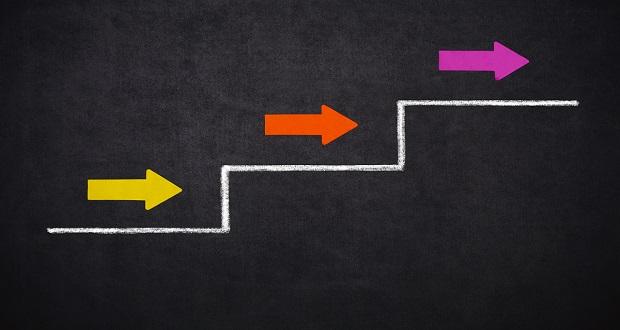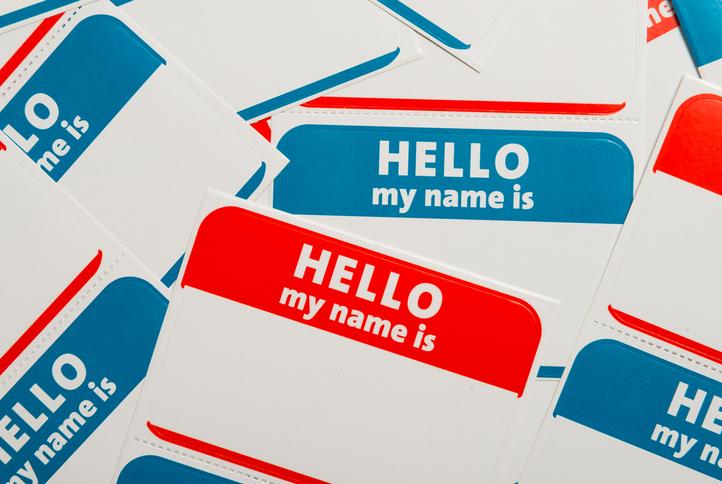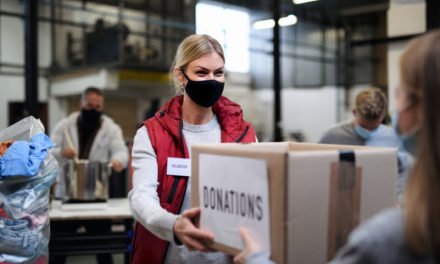Justice and accountability are inextricably linked. When it comes to operationalizing justice, we must always center those who are most impacted by harm done within an organization and be accountable for our missteps. In a dominant culture of avoidance, blame and denial, this can feel like a tall order. We are given very few opportunities to grow our own capacity for uncomfortable conversations, and rarely do we see it done well. How can we enter into restorative dialogue that can heal wounds and bring accountability? How can we embody the values of justice, equity and inclusion in our day-to-day work?
If I can see the ways I am perpetuating systemic oppressions, if I can see where I learned the behavior and how hard it is to unlearn it, I start to have more humility as I see the messiness of the communities I am part of, the world I live in.
― Adrienne Maree Brown, We Will Not Cancel Us: And Other Dreams of Transformative Justice
What is restorative dialogue?
Restorative dialogue holds the key to operationalizing interpersonal accountability. I experienced this early in my career, when I was subject to persistent microaggressions from a colleague. Angry and isolated, I considering quitting. My supervisor noticed that I was quieter and more subdued than usual and asked if I was doing okay. I had internalized a sense of shame and felt reluctant to share. She gently pressed a bit more, and I shared what had been going on. She asked if I would be willing to engage in a mediated conversation to make things right. Reluctantly, I agreed.
She arranged a meeting with the three of us. She served as our guide for the discussion, taking great care to ensure we both had an opportunity to share our own experience. She asked a series of open-ended questions.
- From your perspective, tell the story of what happened.
- How have you been affected?
- What can be done to make things right, or as right as possible?
- What feelings and/or needs are still with you?
We fumbled through, sharing our respective experiences. The conversation didn’t exactly “resolve” the tension, but it did change my colleague’s behavior. Crucially, the process created space in which I felt seen, heard and validated. I was floored at how my supervisor held us each with care and compassion, while simultaneously setting clear expectations about behavior that would not be tolerated.
A restorative dialog is a guided and structured conversation that has as its aim opening communication, developing understanding and coming to consensus agreements about how to make things right.
— Center for Restorative Process
Most people struggle to have direct, difficult conversations when necessary. We usually have little to no capacity to engage in constructive conversations and instead we spend endless amounts of energy deflecting responsibility and/or tending to our wounds. When we have been made aware of how we’ve caused harm to another, it is often painful. We can experience shame, guilt and excessive self-critique. Our nervous system kicks into fight, flight or freeze, and we rarely respond from a place of humility.
We must be willing to exchange comfort for racial consciousness and to be more curious than critical or dispirited.
— Ruth King, Mindful of Race
Learning to get curious about our own emotional reactions can help us move toward taking productive action, rather than lingering in shame and denial. This can look like taking time to just “be” with what is coming up for you, nonjudgmentally. Going on a walk, listening to music, sitting still and breathing deeply are just a few ways that we can learn to accept the reality of what is — and gain clarity to make a better choice moving forward.
Learning to get curious about our own emotional reactions can help us move toward taking productive action, rather than lingering in shame and denial. Click To TweetFor those seeking to operationalize accountability, a restorative dialogical framework is an invaluable aid in structuring difficult, emotionally charged conversations.
Here are a few tools to get you started. First, it is important to recognize that no single tool can resolve every conflict. For one thing, there is no guarantee that practitioners will be met with a willingness to engage. Always give someone the ability to opt out, and get comfortable with non-resolution as a possible outcome. The purpose of a restorative dialogue is simply to help us try new ways of engaging with one another.
The purpose of a restorative dialogue is simply to help us try new ways of engaging with one another. Click To Tweet1.) Open The Front Door (OTFD)
This tool is helpful when you want to communicate something clearly in the midst of a heightened emotional response.
- Observe: Concrete, factual observations, not evaluative, “I noticed…”
- Think: Thoughts based on observation, “I think…”
- Feel: Emotions, “I feel…”
- Desire: Specific request or inquiry about desired outcome, “I would like…”
Here’s an example using OTFD:
I noticed my colleague is trying to express her idea, but she keeps getting interrupted. I think we should be intentional in providing space for everyone to share thoughts. I’m feeling frustrated that this is happening. I would like to request we hold space equally for us all to chime in. Is everyone open to going around one by one and sharing that way?
2.) Radical Candor
Radical Candor provides a compass for candid conversations. In my own work facilitating difficult conversations, I have found this to be a helpful guide in creating shared language. It is often used as a management tool for providing clear feedback. I believe it can be useful for holding teams and direct reports accountable for problematic behavior, as well as “managing up.” For an in-depth description of the tool, visit the Radical Candor website.
3.) Anatomy of Trust: “BRAVING”
Brene Brown has developed seven elements that are proven to be helpful in building and restoring trust amongst teams. This is not a dialogue framework, but a helpful list of agreements teams can come back to in order to be accountable to maintaining trust at work. Check out her work here.
Final Thoughts
I am inspired by the words of J. Miakoda Taylor: “The goal is for people with privilege to engage in the struggle of equity and justice from positions other than shame, blame, and hero, as oppressed people reclaim the power and responsibility for their own liberation.”
We cannot operationalize justice without holding ourselves and each other accountable. As we are invited to move in the direction of growth, honesty and healing, we also necessarily decenter white comfort. These conversations can be messy, awkward and difficult — but this is the only way we grow our capacity to own our mistakes and heal from our trauma. When done with care, intention and humility, we increase our chances of staying engaged for the long haul.
We cannot operationalize justice without holding ourselves and each other accountable. As we are invited to move in the direction of growth, honesty and healing, we also necessarily decenter white comfort. Click To Tweet



















